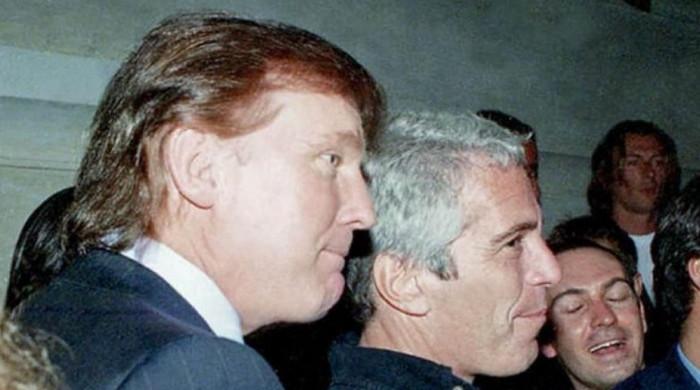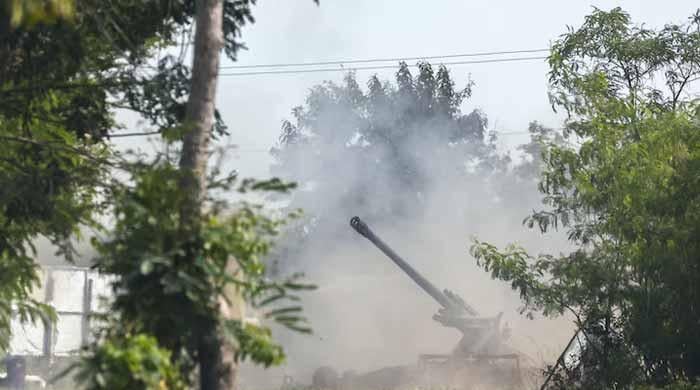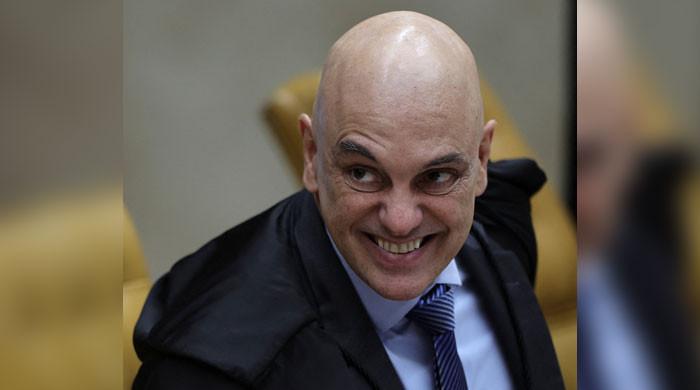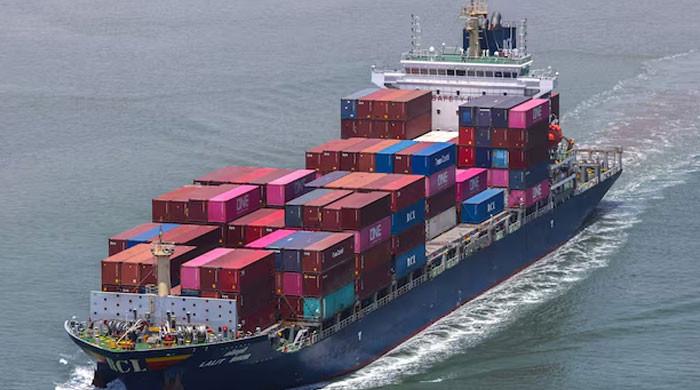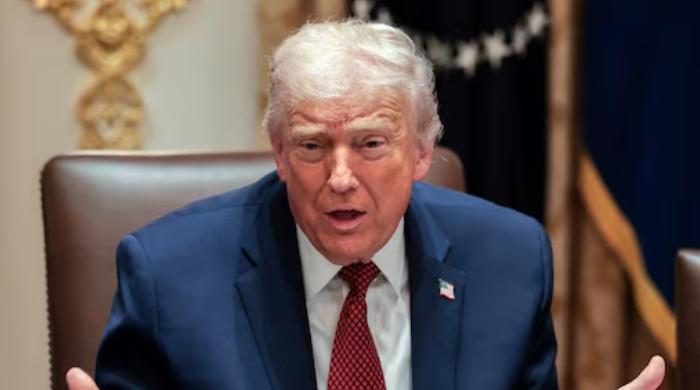Putin finalises ‘annexation’ in Ukraine even as Russian troops flee front
Ukrainian forces have recaptured thousands of square kilometres of territory since start of September, including dozens of settlements
October 06, 2022
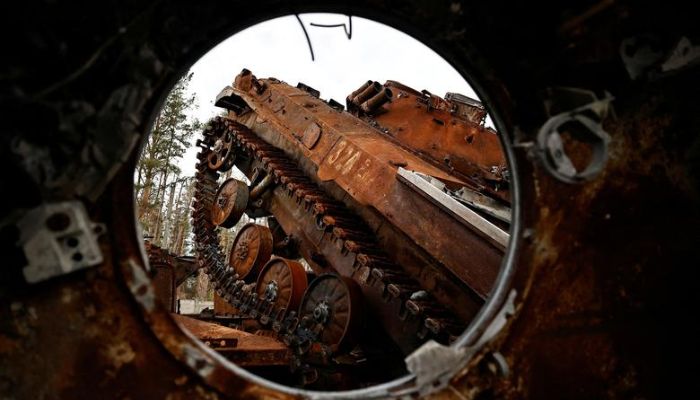
- Putin signed law to incorporate four partially occupied Ukrainian regions into Russia.
- New law would incorporate around 18% of Ukraine’s territory into Russia.
- Thousands of Russian troops fled their positions after front line crumbled.
President Vladimir Putin signed a law to incorporate four partially occupied Ukrainian regions into Russia on Wednesday, in what Kyiv called the act of a “collective madhouse” at a time when Russia’s forces have been fleeing from the front lines.
The new law would incorporate around 18% of Ukraine’s territory into Russia, equivalent to the area of Portugal, in Europe’s biggest annexation since World War Two.
Russia does not fully control any of the four provinces it claims to have annexed, however, and Moscow has yet to demarcate what it now asserts to be Russia’s new borders.
Ukrainian forces have recaptured thousands of square kilometres of territory since the start of September, including dozens of settlements in just the past few days.
A map of Russia’s “new regions” published by the state news agency RIA included the full territory of the Ukrainian provinces, but some parts were shaded and labelled as being under Ukrainian military control.
“They will be with Russia forever,” Kremlin spokesman Dmitry Peskov said of the new regions, adding that settlements recaptured by Ukraine in recent days “will be returned”.
Russia announced the annexation of Donetsk, Luhansk, Kherson and Zaporizhzhia provinces after staging referendums that Kyiv and the West say were phoney exercises held at gunpoint. Kyiv says it will never accept the illegal seizure of its territory by force.
Serhiy Gaidai, the governor of Luhansk, told national television that pro-Kyiv forces had liberated six villages in his region on Wednesday. He declined to give details.
The Russian moves come as momentum in the war has clearly swung in Ukraine’s favour since the start of September.
Thousands of Russian troops fled their positions after the front line crumbled, first in the northeast, and, since the start of this week, also in the south.
“Worthless decisions by a terrorist country are not worth the paper they are signed on,” Andriy Yermak, head of Ukraine’s presidential office, said on Telegram of the annexation moves, which he said reminded him of a “collective madhouse”.
Putin celebrated the annexations in a ceremony in the Kremlin followed by a concert on Red Square last week, only hours before Ukrainian forces captured Lyman, Russia’s main bastion in the northern part of Donetsk in the east.
On Wednesday, the bodies of two Russian soldiers were still lying bloating in trees on opposite sides of the road near Lyman, close to the blasted hulks of cars and a van.
Occasional crumps echoed from distant fighting between retreating Russians and Ukrainian troops advancing toward a north-south highway that serves as one of the last supply routes for Russian forces in Luhansk province.
In Lyman, Nina, 73, stood by vans waiting for humanitarian handouts by the municipal building. There were 15 dead bodies of Russian soldiers lying in her street, she said.
“Nobody touches them,” she said. “Nobody removes them. It’s the fifth day they are lying there. And we have the smell. Is that right?”
Ukraine has so far given few details of its most recent military gains, in line with a policy of withholding comments about advances while they are underway.
In the south, its forces have been advancing since Sunday along the west bank of the Dnipro River, aiming to cut off thousands of Russian troops from resupply or escape.
Combat training for Russian civilian recruits as they join Moscow’s forces in Ukraine
“This week alone, since the Russian pseudo-referendum, dozens of population centres have been liberated. These are in Kherson, Kharkiv, Luhansk and Donetsk regions all together,” President Volodymyr Zelensky said in his nightly address on Tuesday.
Putin said Russia would stabilise the situation in the four provinces. In one of his first moves to assert his rule over them, he ordered the Russian state to seize control of Europe’s biggest nuclear power station, still run by Ukrainian engineers despite being captured early in the war by Russian troops.
The UN nuclear watchdog, the IAEA, said it had learned of plans to restart one reactor at the plant, where all six reactors have been shut down for weeks.
The power station is located right on the front line, on a Russian-controlled bank of a giant reservoir with Ukrainian forces on the opposite bank, and both sides have warned of the danger of a nuclear disaster from fighting near it.
In recent days, Russia detained the Ukrainian manager in charge of the plant. He has since been released but will not return to work.
The head of Ukraine’s state nuclear energy company Energoatom, Petro Kotin, said he was now taking charge of the plant and urged workers not to sign any documents with its Russian occupiers.
Kyiv has long accused Moscow of planning to switch the plant from Ukraine’s power grid to Russia’s, a move it says would heighten the risk of an accident.
IAEA head Rafael Grossi, who is due to visit Kyiv and Moscow this week, posted on Twitter a picture of himself boarding a train for Kyiv and said negotiations on a safe zone around the plant were more important than ever.




